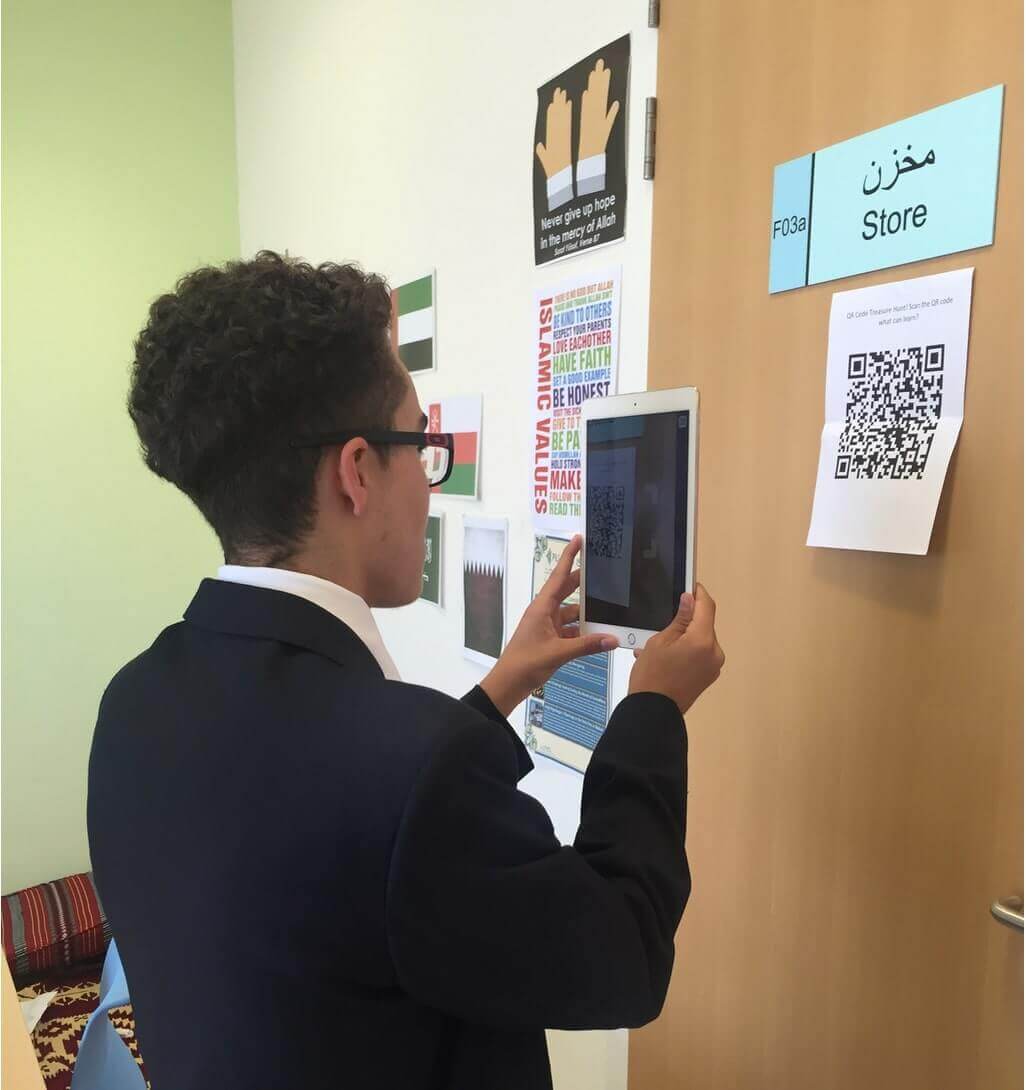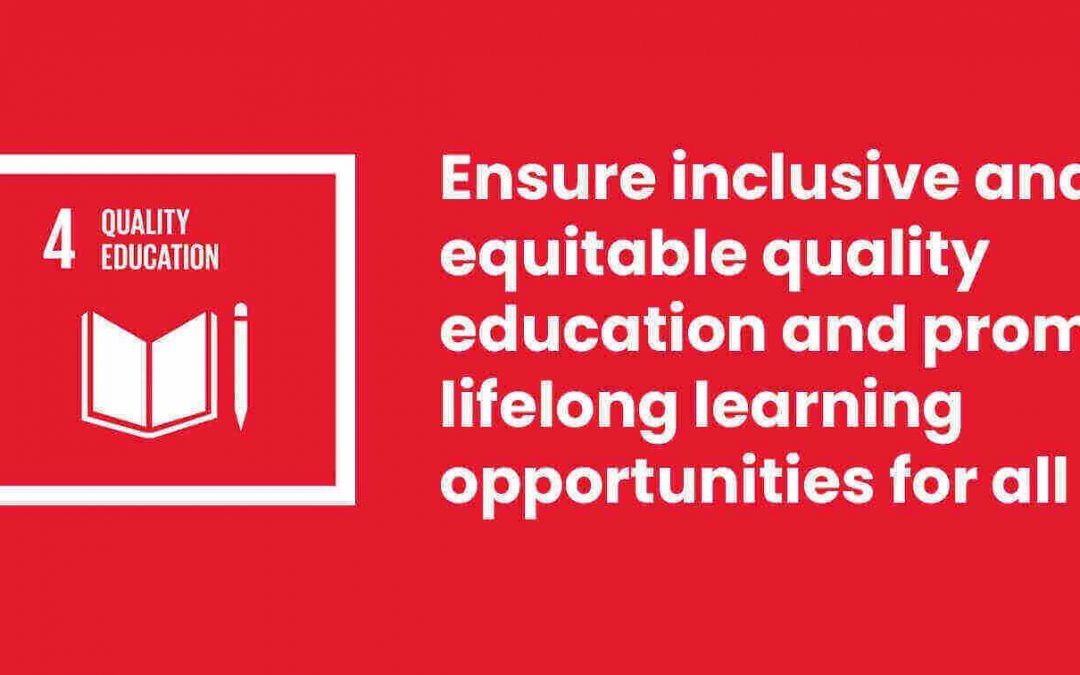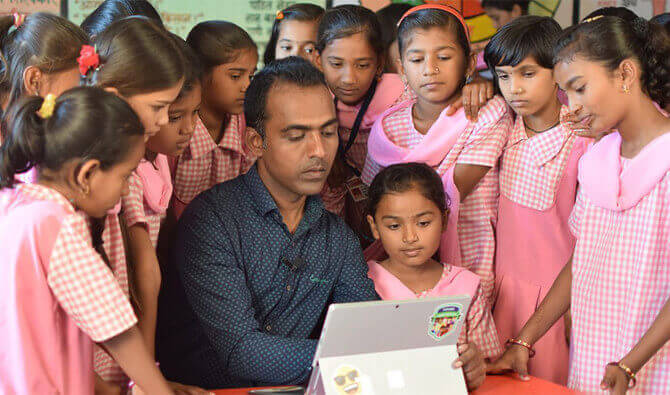“The SDGs represent an ambitious and transformative agenda. Businesses that take an active role in leading this transformation and position the SDGs as a strategic lens at the core of their operations will ultimately be better placed to unlock market opportunities, manage emerging risks, and consolidate an enduring license to operate on the road to 2030. It is time for us all to consider what we need to do to significantly accelerate the pace and scale of actions – as individuals, institutions and across sectors – to help deliver the business solutions to realize this critical global roadmap”.
Peter Bakker, President & CEO
World Business Council for Sustainable Development
Overview of the SDG4 – Quality Education

Individual Intervention
Ranjitsinh Disale - an Indian village teacher who transformed the life of young girls
Recognizing challenges and coming up with solutions
The QR code revolution
How do QR codes work and how do they help in learning?
Using QR codes in education has been a groundbreaking innovation, especially when considering the fact that recent surveys suggest a whopping 94% of students want to use their cell phones in class for academic purposes.

Sneak peek
Now that we’ve finished discussing individual-level interventions contributing to SDG4 – Quality Education, we invite you to come back next week when we’ll share with you the intervention on an institutional level.
If you enjoyed this SDG4 blog series, be sure to check out our previous blog post where we discussed the Global Digital Divide.



0 Comments